Spice Up Your Plate: The Ultimate Guide to Szechuan Style Beef for Foodies and Chefs Alike
Table of Contents
- Introduction to Szechuan Style Beef
- The Spicy Soul: Understanding the Szechuan Spice Profile
- Pro Tips for Perfecting Your Szechuan Beef at Home
- Wok This Way: Cookware Comparison for Authentic Results
- Szechuan Style Beef Buying Guide: From Meat to Spice Kits
- Global Twists on a Classic: Fusion Takes on Szechuan Beef
- Conclusion: Master the Heat, Embrace the Tingling
Introduction to Szechuan Style Beef
If you’ve ever tasted a dish that made your tongue tingle and your nose run—yet somehow kept you going back for more—you might have encountered the magic of Szechuan style beef. Originating from China’s Sichuan province, this iconic dish blends numbing heat with bold flavors, creating a sensory experience unlike any other.
The signature ingredients include Szechuan peppercorns, dried chilies, garlic, ginger, soy sauce, and a touch of sweetness. It’s not just about spice—it’s about balance, texture, and aroma. Whether you're a home cook or a seasoned chef, mastering Szechuan style beef can elevate your culinary repertoire and bring global flair to your table.
The Spicy Soul: Understanding the Szechuan Spice Profile
What makes Szechuan cuisine stand out is its unique combination of heat and numbness—a sensation caused by the chemical compound hydroxy-alpha-sanshool found in Szechuan peppercorns. Unlike traditional chili heat, it creates a buzzing, tingling effect on your lips and tongue.
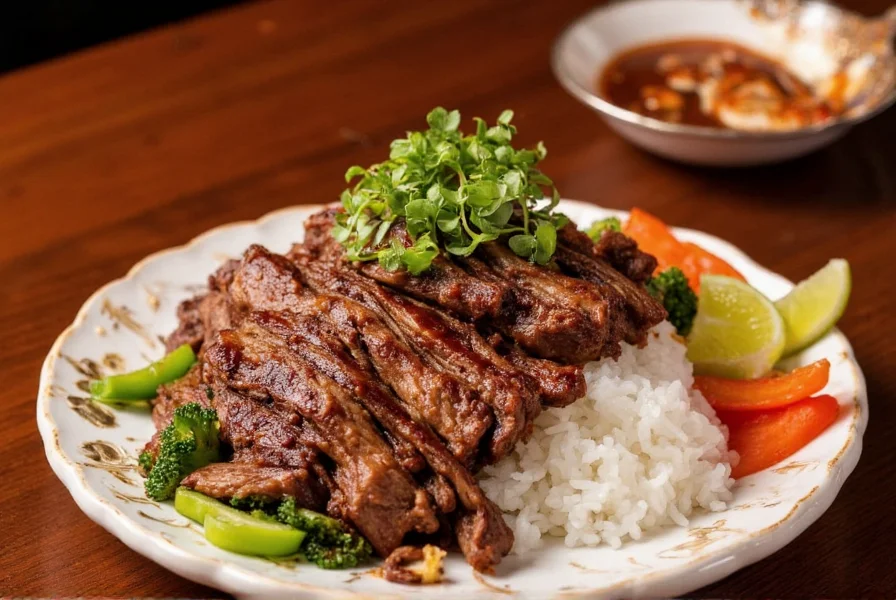
This flavor profile is often described as “málà” (麻辣), meaning spicy and numbing. Here’s what contributes to the signature taste:
- Dried Chilies: Provide the base heat.
- Szechuan Peppercorns: Deliver the mouth-tingling effect.
- Ginger & Garlic: Add depth and earthiness.
- Fermented Black Beans: Bring umami richness.
- Light Soy Sauce & Shaoxing Wine: Offer saltiness and complexity.
- Rice Vinegar or Sugar: Adds brightness and balance.
How to Adjust the Heat Level
| Heat Preference | Adjustment Tips |
|---|---|
| Mild | Reduce chilies and skip extra peppercorns; use a small amount of oil infused with mild peppers. |
| Medium | Use half the recommended peppercorn amount and moderate chilies. Toast them lightly before cooking. |
| Hot | Stick to the recipe’s spice quantities or increase slightly. Soak chilies briefly to reduce bitterness. |
| Fiery! | Double up on peppercorns and add a few extra whole chilies. Use high-smoke-point oil for frying. |
Pro Tips for Perfecting Your Szechuan Beef at Home
Whether you’re stir-frying or making a braised version, here are some expert-backed tips to nail that restaurant-quality flavor without needing a professional kitchen.
- Marinate Smartly: Mix sliced flank steak with light soy sauce, cornstarch, and a splash of sesame oil. Let sit for 15–30 minutes to tenderize and infuse flavor.
- Prep Ahead: Mise en place is crucial. Chop all aromatics, measure spices, and set sauces nearby before turning on the heat.
- High Heat is Key: Use a carbon steel or cast iron wok over high heat. Oil should shimmer but not smoke excessively.
- Bloom Spices First: Toast dried chilies and peppercorns in oil until aromatic (not burnt) to unlock their full flavor potential.
- Add Umami Boosters: Include fermented black beans or doubanjiang (broad bean paste) for authentic depth.
- Balance Acidity: Finish with a dash of rice vinegar or a tiny pinch of sugar to counterbalance the spice.
- Rest the Meat: If slow-cooked, let the beef rest for 5–10 minutes before serving to retain juices.
Wok This Way: Cookware Comparison for Authentic Results
The right pan can make or break your Szechuan style beef. Here's a quick comparison to help you pick the best tool for the job:
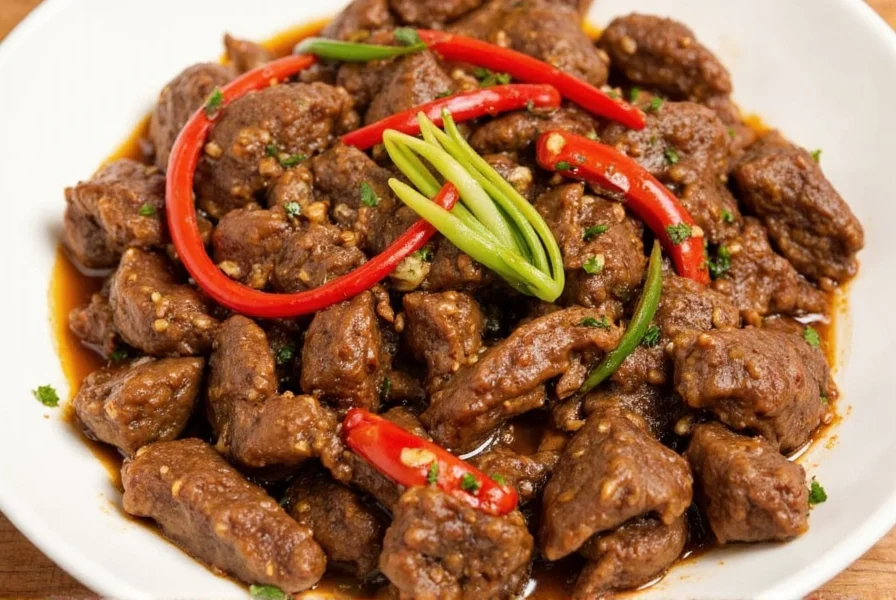
| Type | Pros | Cons | Best For |
|---|---|---|---|
| Carbon Steel Wok | Heats up fast, retains heat well, great sear, durable | Requires seasoning, may warp if not cared for properly | High-heat stir-frying and searing |
| Cast Iron Skillet | Excellent heat retention, naturally non-stick when seasoned | Heavy, takes longer to heat up | Slow-braised versions or oven finishing |
| Non-Stick Pan | Easy to clean, prevents sticking | Can’t handle very high heat, coatings degrade over time | Low-oil recipes or beginners |
| Electric Wok | Convenient temperature control, heats evenly | Less intense sear than stovetop, bulky storage | Home cooks who want consistent results |
Szechuan Style Beef Buying Guide: From Meat to Spice Kits
To recreate an authentic tasting experience, start with quality ingredients. Here’s what to look for:
Beef Selection
- Flank Steak: Lean with bold flavor, best when thinly sliced across the grain.
- Sirloin: Tender and versatile, great for quick stir-fries.
- Skirt Steak: Juicier and rich, ideal for braise-heavy dishes.
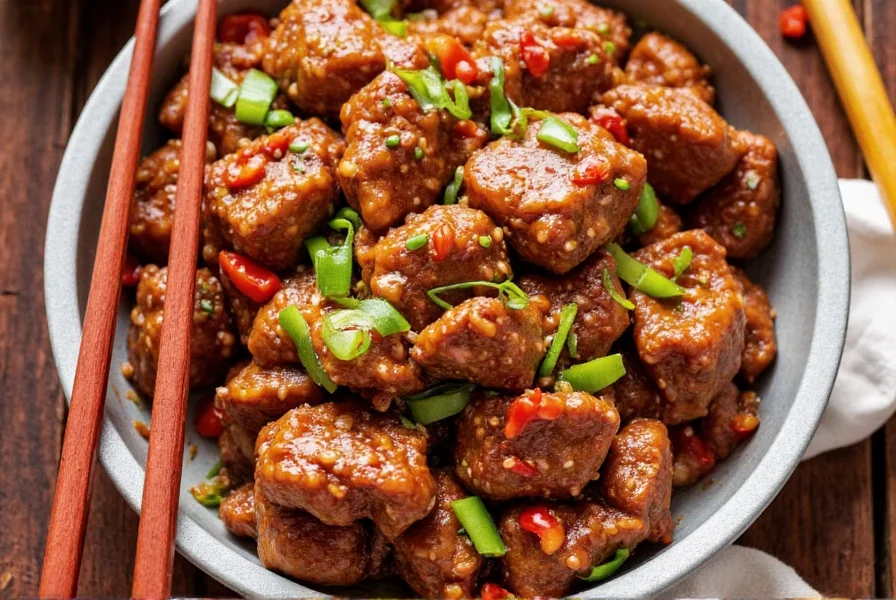
Essential Spices & Ingredients
| Item | Description | Features | Best For |
|---|---|---|---|
| Szechuan Peppercorns (Red) | Aromatic, citrusy, and numbing | Whole or ground; store in airtight container | Stir-fries, marinades, rubs |
| Dried Red Chilies (Tien Tsin or Thai) | Heat-forward with subtle smokiness | Use whole or crushed; soak for less bitter taste | Spice base, garnish, oil infusion |
| Fermented Black Beans | Salty, savory, punchy | Available canned or in jars; rinse before use | Umami boost in sauces and pastes |
| Doubanjiang (Broad Bean Paste) | Spicy, fermented chili paste with soy undertones | Key ingredient in Szechuan cooking; lasts months refrigerated | Deep-flavored sauces and marinades |
| Rice Vinegar | Mild acidity with a touch of sweetness | Pale yellow to clear color; avoid distilled vinegars | Finishing touches, dressings, balancing spice |
| Shaoxing Wine | Chinese rice wine used for deglazing and flavor | Substitute with dry sherry if unavailable | Removing gamey smell, enhancing depth |
Ready-Made Spice Kits
For convenience without compromising flavor, consider these pre-mixed kits:
- Kikkoman Szechuan Stir Fry Kit: All-in-one seasoning with balanced málà notes. Best for beginners.
- Pine Brand Szechuan Chili Oil + Peppercorn Set: Versatile combo for oil-infused recipes and dipping sauces.
- Hodo Foods Authentic Szechuan Marinade Pack: Includes powdered spices, soy, and cornstarch. Ideal for meal prep or batch cooking.
Global Twists on a Classic: Fusion Takes on Szechuan Beef
Chefs around the world are reinterpreting the Szechuan style beef into exciting fusion dishes. Here are a few innovative spins to try or be inspired by:
- Szechuan Beef Tacos: Soft tortillas filled with marinated beef, topped with cilantro-lime slaw and chili-infused crema.
- Szechuan Beef Pizza: Thin crust pizza with Szechuan-spiced beef, mozzarella, green onions, and a drizzle of chili oil.
- Szechuan Beef Quesadilla: Stuffed with spiced beef, melted cheese, and pickled veggies for crunch.
- Spicy Beef Ramen Bowl: Szechuan-style broth with tender beef slices, ramen noodles, and soft-boiled eggs.
- Beef Banh Mi Sandwich: Pickled carrots, cilantro, and Szechuan-marinated grilled beef in a crispy baguette.
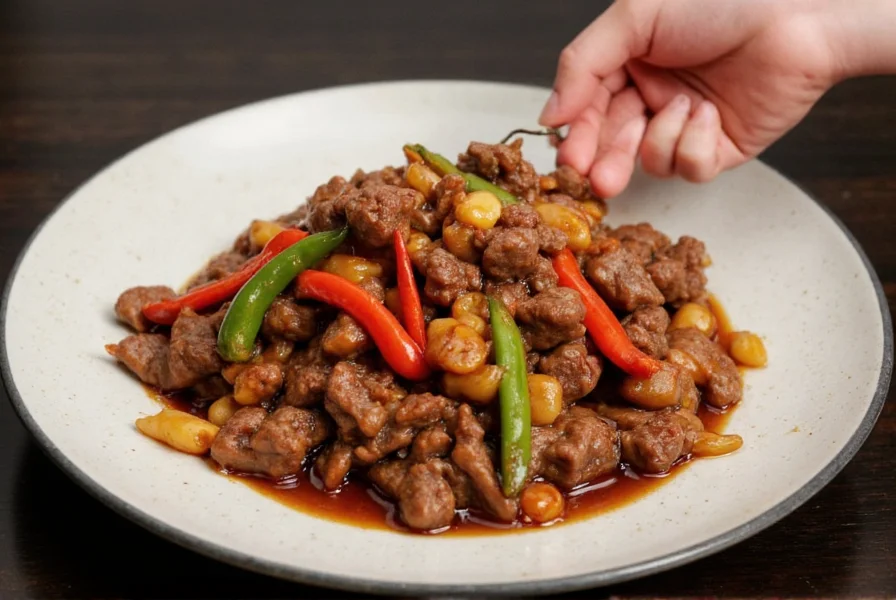
These variations show how adaptable Szechuan style beef can be across cuisines while keeping its core flavor identity intact.
Conclusion: Master the Heat, Embrace the Tingling
Whether you're a curious foodie or a seasoned cook looking to explore global flavors, Szechuan style beef offers a vibrant entry point into one of the world’s most thrilling spice traditions. Its unique blend of numbing and spicy elements, paired with umami-rich bases, makes it a standout dish both on the plate and in the palate.
By understanding the ingredients, adjusting spice levels to your liking, choosing the right tools, and experimenting with global adaptations, you can confidently create memorable Szechuan-inspired meals at home. So, grab your wok, dust off those peppercorns, and let your senses lead the way into the delicious chaos of Szechuan cuisine.

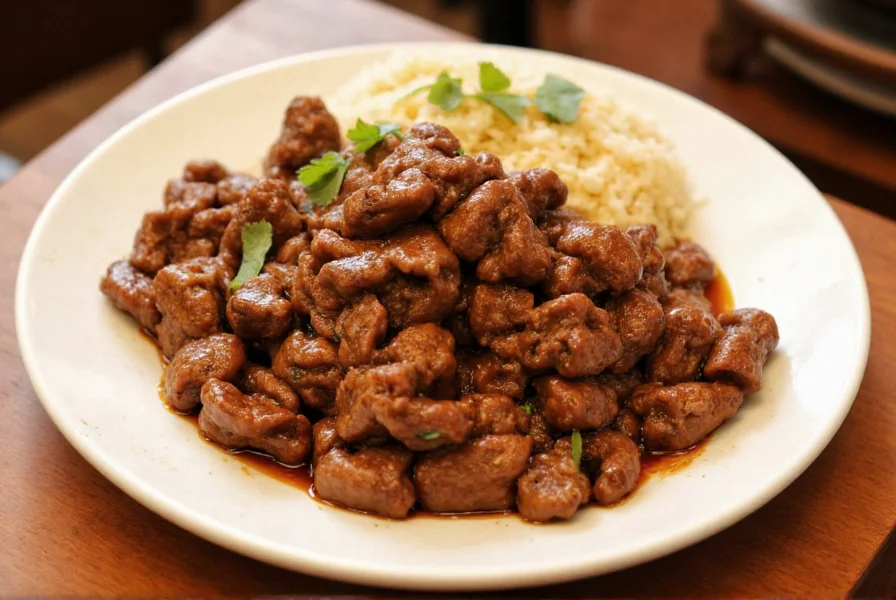









 浙公网安备
33010002000092号
浙公网安备
33010002000092号 浙B2-20120091-4
浙B2-20120091-4